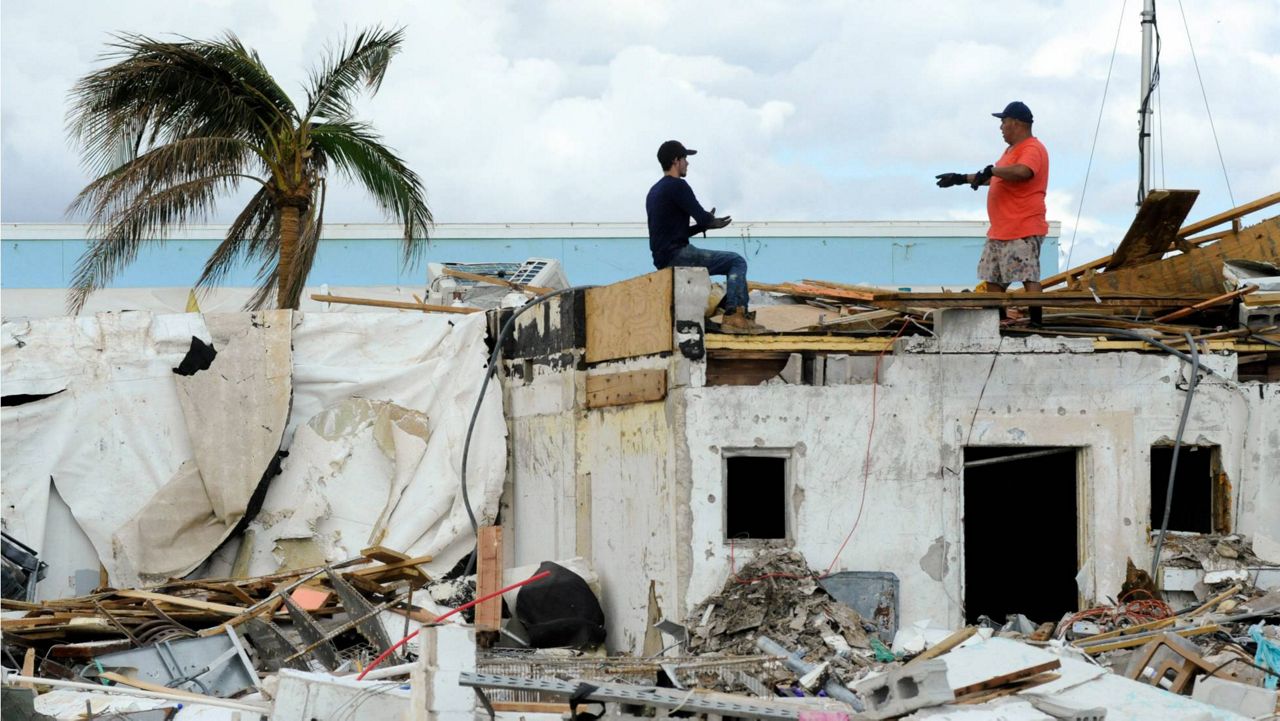Nearly one month after Hurricane Ian made landfall in Florida, thousands of FEMA personnel remain on the ground in the state.
The agency has already disbursed hundreds of millions of dollars in disaster aid to households suffering losses because of the devastating storm.
So far, FEMA has conducted more than 147,000 inspections of homes damaged by the hurricane and provided more than $600,000,000 in individual disaster assistance grants.
"With the Individual Assistance Program, we're really working with survivors to help jumpstart the recovery and what their unique needs are," Anne Bink, an associate administrator at FEMA's Office of Recovery and Response, said. "We cover uninsured losses for things like home repairs, personal property losses, transportation, all the way through things like hotel rooms and motel rooms, which have now been approved, as well as rental assistance."
Bink said the size of FEMA grants can "vary significantly" from household to household, depending on the extent of the damage and whether the applicant had insurance. Those who are uninsured or underinsured can receive a maximum of $37,900 for housing repairs.
"We have seen about 1600 fully destroyed homes that we've already assessed, unfortunately, given the severity and magnitude of this incident, so for those folks, they would receive a full max housing grant," Bink said.
The maximum grant for under or uninsured personal property losses like boats or cars is also $37,900.
FEMA can't help with losses that are already fully covered by insurance. Bink urged those with insurance to file a claim with their insurer immediately.
"They will need to get that documentation from their insurance company before receiving cash assistance to complete repairs that are not covered by their insurance policy," Bink said. "But what we do is at our Disaster Assistance Centers, our disaster recovery centers we call them."
Anne Bink with FEMA said the agency is bringing the insurance companies in to Disaster Recovery Assistance run by FEMA staff so that survivors can "see what's available to them."
Bink says FEMA does not have a total estimate of how many homes were damaged by the storm.



